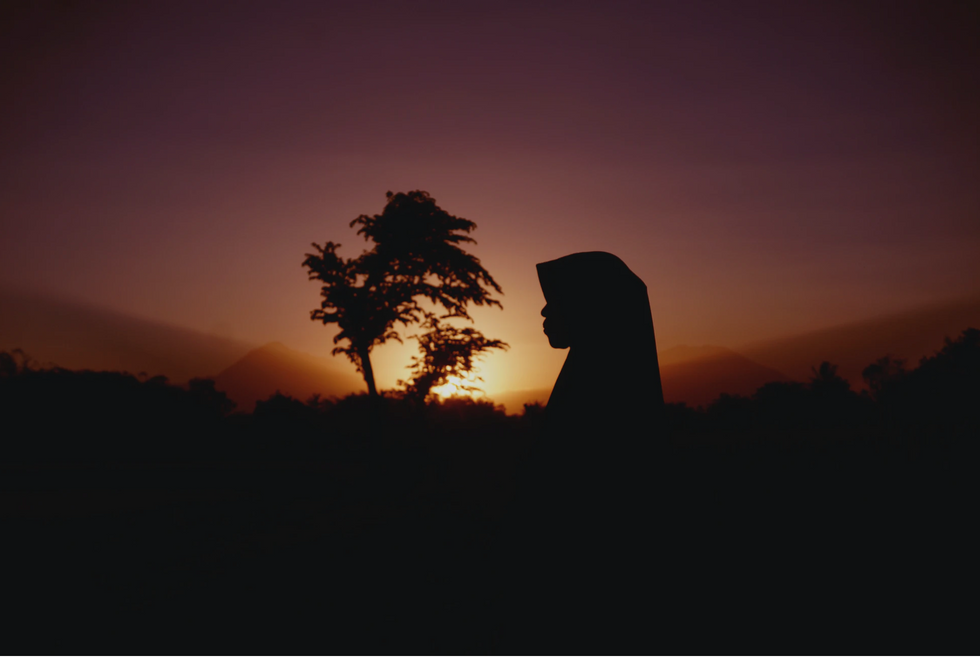In first grade, I remember getting ready for school when my mom came into my room with a red piece of cloth in her hands. ¨Here,¨ she said, ¨You're going to wear a hijab from today on.
As a Muslim girl, you must cover your hair in front of men at all times.¨ I stared at the cloth for the longest time and tried to digest her words.
As a young girl, I didn't put much effort into styling my hair in the morning; however, the thought of suddenly wearing a hijab felt like a big change for me.
At first, I refused to wear one in the fear of being bullied and judged by my peers, but I obliged. When I entered my school, my heart was pounding against my chest and my palms were so sweaty that they kept slipping off of the railings.
I attended a very small school, so the murmurs and stares from my classroom peers were very obvious.
My heart sank and my stomach felt extremely heavy. Soon, the teacher called everyone to the big rug in the middle of the classroom where everyone would sit down together.
However, I noticed that no one would come near me. A girl came up to me and said, ¨You look weird.¨ She started giggling with her friends.
Tears pooled in my eyes and started streaming down my face as I fidgeted with my hands.
The teacher later pulled me aside to privately talk to me and console me. Now, looking back at this faint memory, I realize its impact on the perception I had of myself.
As a six-year-old kid, I believed that wearing the hijab was 'weird' because of what my classmate had said to me.
However, I, soon, learned that it is much more than that. Clearly, my hijab journey didn't start off as happily as I would have wanted it to, but it did make me realize the importance of wearing a hijab.
Although I felt like an outcast in my first-grade class and in other instances of discrimination, the opinions and judgment of others started to matter less and less as I became prouder of this part of my identity.
I am grateful that I had started wearing my hijab at such a young age to help me develop a better relationship with it. I was a clueless child back then and didn't realize the reason why I wore it.
I don't wear it to impress other people, and I don't wear it because I'm forced to.
Entering high school, I learned more about the hijab- a head covering worn by Muslim women to practice modesty and show obedience to God.
The public may misconceive the covering of women to be oppression, when, in fact, this is not what Islam preaches. For most people, including myself, voluntarily wearing the hijab represents empowerment, faith, and identity. Women are obligated to wear hijabs after reaching puberty; however, no one should ever be forced into it.
Non-practicing and practicing Muslims have the freedom to decide if they want to partake in the act of covering.
Everyone has their own relationship with God- or no relationship at all- and should never be judged by how they dress or practice religion. Moreover, Nadia B. Ahmad and Asifa Quraishi-Landes does an amazing job explaining this idea along with other popular myths about the hijab in their Washington Post article.
Despite the prejudice and hatred against Muslims that pervade modern society, I believe we are slowly progressing into a generation with more acceptance of different backgrounds.
It is important to educate ourselves on different religions and prevalent issues, so we can slowly create a more understanding and unified society.

















